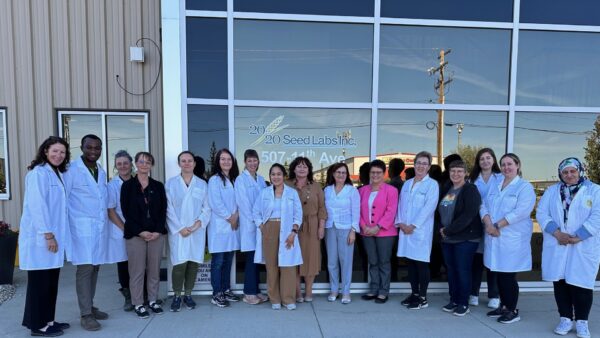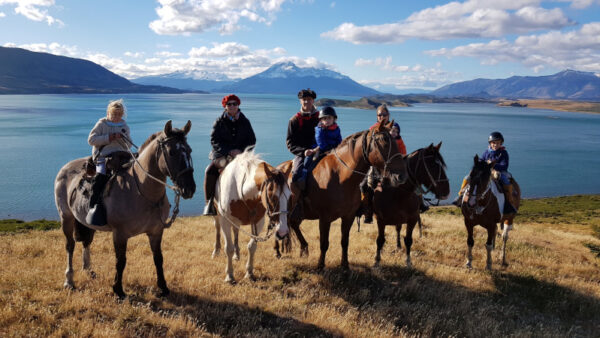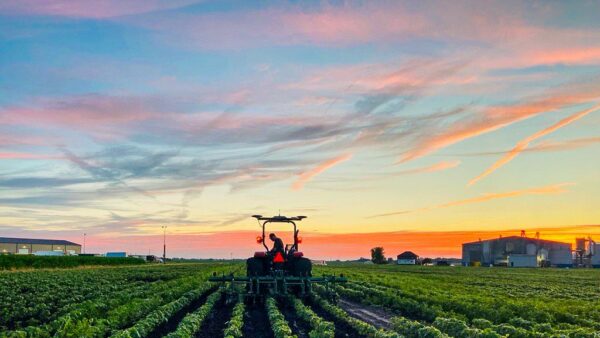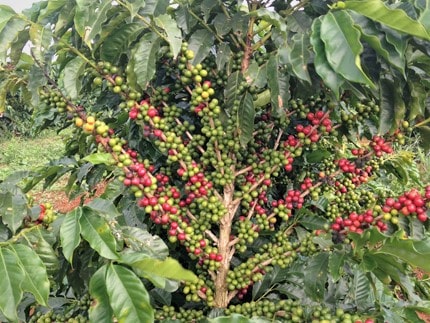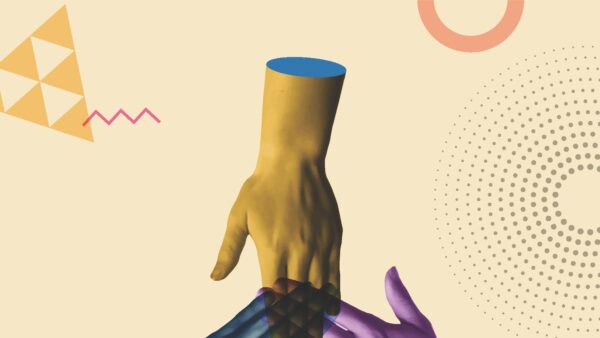Office-bound plant breeders would miss the anomalies that can be really important and informative.
Given a large enough brush, you could paint most groups with one of two colors. In prehistoric times, people were either hunters or gatherers. In the Broadway musical Oklahoma, settlers were either farmers or plowmen. In most of Western civilization, people tend to have either a scientific or artistic perspective on life. The scientist-types look for order, seek structure in their lives and abide by the rules. Artists, well, not so much. They tend to more often want to color outside the lines and are less distressed by chaos. Plant breeders are a mix of both types, with the trend gradually shifting toward the scientific side.
“Increasingly, as we are applying more genomic tools, we are applying more science, so I would say the pendulum is definitely swinging to a higher and higher percentage of science,” explains Allan Fritz, a wheat breeder at Kansas State University. “But there is still an element of art that is in play.”
Paul Morano, head of NA Cereals for Syngenta, agrees the pendulum is swinging.
“There are those who want to be 100% art-driven and they may be missing out on some of the plant breeding tools and technologies that are available,” Morano says. “And then there are those that say the tools can do the whole job. They make the claim that anyone can do it. I think that is a misconception. I think you have to have a combination of both. Like anything else, there are always both sides of the bell curve. The technology and tools that are available today compared to what was available 15 or 20 years ago are so much greater that they allow us to do so many more things.”
Every breeder evaluates plants a little differently and sees things from a different perspective. There are nuances, but there appears to be a trend toward higher levels of dependence on science. Prediction models are great, but if breeders always sit at their desks and never go to the field, they will miss the events that fall outside the model. They would miss the anomalies that can be really important and informative.
“A lot of times, those anomalies are the thing that you need to follow up on.Maybe that one plant or that line is doing really well is an environment where you did not expect,” says Fritz. “That is why you need to follow up to see why one plant is succeeding when others are failing. Plant breeders certainly have different perspectives. The older breeders may rely more on their experience, their innate knowledge of the crop and their observational powers. I think most breeders lean on both, but we are tending to lean more toward science with our sequencing capacity.
“Breeding is in a state of transition. There are certainly elements of art there. We don’t have the capacity to genotype a million plants in our segregation populations in our early generations, so when we are making selections on these, we are still making a lot of judgment calls that are some combination of art and science. There is still a critical need to be in the field and be observational, but we apply the tools of science to drive the genetic gain to make us more efficient in our selection practices,” Fritz says.
Andrew Green, assistant professor and hard spring wheat breeder at North Dakota State University, also sees plant breeders are shifting to a more science-based approach.
“I think that we are finding more clever ways to use science to apply the art of plant breeding. As we have developed more advanced molecular tools, we have found better ways to get to the art portion,” he says. “If all plant breeders did was to sit at their desks, I don’t know how successful they would be. There is still a lot of art. In the marketplace, a variety has to have the right look and smell to be preferred by producers.”





